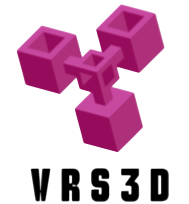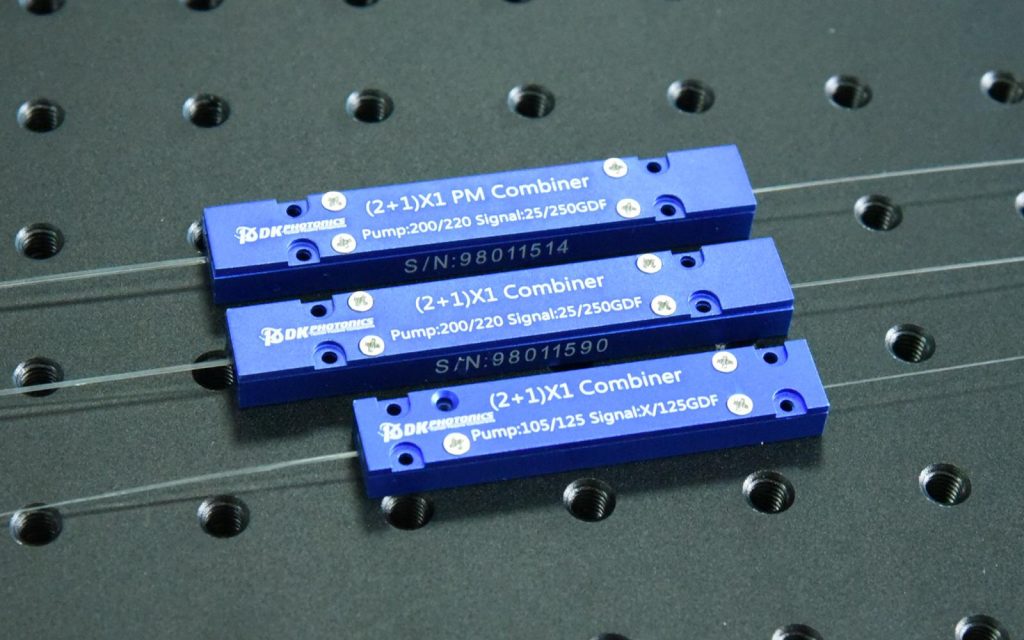Increasing the accuracy and effectiveness of optical components has become a main objective in the academic and business sectors. It is becoming more and more important to improve the ways that these systems handle energy flow as the need for higher outputs and lower losses grows. One of these improvements is the use of high-efficiency parts that make it easier to move energy and reduce waste. The pump and signal combiner is one of them that is very important for getting the best efficiency out of an extensive choice of applications.
Enhancing Energy Transfer Efficiency
To improve the operation of any optical setup, you need to maximize the transmission of energy. Advanced features are created to facilitate smoother energy routing with fewer disruptions. These improvements decrease unnecessary energy loss by a large amount, which makes the system run more smoothly and need less maintenance. The system gets a more balanced and efficient approach to distribute energy by maximizing its internal channels.
Optimizing Component Alignment
For reducing interruption and keeping the flow of energy steady, it is important that the internal parts are precisely lined up. Precisely positioning internal parts lowers the chance of energy distribution, which leads to higher throughput. This helps to make the output of operations more consistent, which makes sure that energy is used in the best way possible. Correct alignment also puts less pressure on every part, which makes the whole system last longer.
Reducing Heat Build-Up for Better Stability
Controlling thermal accumulation is an essential aspect in ensuring the lasting reliability of optical systems. Overheating can hurt function and reduce the life of important parts. Adding a pump and signal combiner that is designed with productivity in mind helps prevent this issue by ensuring better energy absorption and lowering strain across the system. Lower operating temperatures make things more consistent and reduce the chance of unplanned interruptions.
Improving Output Consistency
One of the best things about modern optical improvements is that they can give a stable and consistent output. Changes in operation or energy levels can have effects further down the line, affecting how well larger systems work. Users have less trouble with performance changes when designs are high-efficiency. This is especially important in places where regularity is important. Better stability can lead to better quality products and less need for changes or measurements to be done all the time.
Supporting Broader System Integration
When making efficient parts, they are often made to be compatible with other parts. This makes it easier to add them to existing systems. It reduces the requirement for unique changes and makes sure that systems may be upgraded with as little trouble as possible. This makes the change to better features go more smoothly and doesn’t need a full redesign. Better integration also makes it easier for people to try out new setups, which leads to more innovation.
Improving the performance of an optical system isn’t only about getting more output; it’s also about keeping things stable, reducing waste, and making integration possible. High-efficiency designs help a lot with these goals by improving thermal management, accurate position, and energy transmission. It makes a notable impact in these areas, placing the spot for more solid and dependable optical systems across numerous applications.

